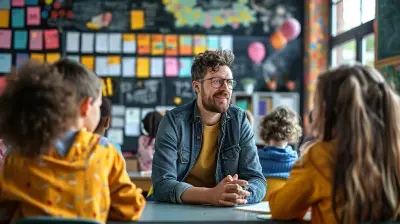How to Engage Students with Different Learning Preferences
8 July 2025
Let’s be honest—teaching is a bit like trying to juggle flaming torches while riding a unicycle. On a tightrope. In a hurricane. Every student learns differently, and as educators, we’re expected to engage them all? Talk about pressure.
But don't sweat it just yet. Understanding how to engage students with different learning preferences isn't about becoming a mind-reading magician (though that would help). It's about using simple, effective strategies to meet your learners where they’re at—whether they’re visual, auditory, kinesthetic, or even the elusive combo type.
In this fun and friendly guide, we’re diving into how to tailor your teaching approach without losing your sanity—or your students' attention.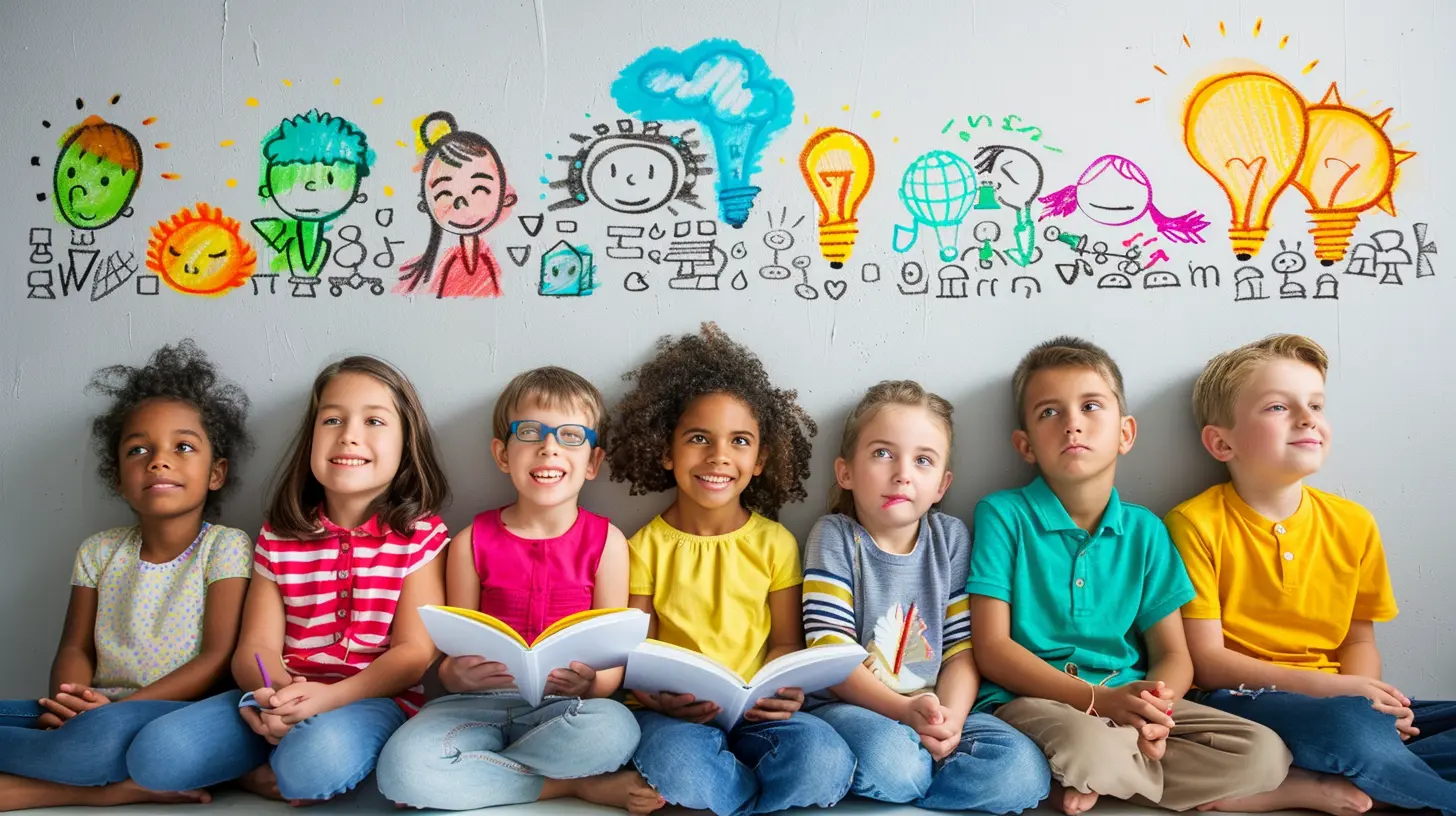
Why Learning Preferences Matter (Yes, They Really Do!)
Think back to school. Were you the kid doodling diagrams in the margins, whispering facts to yourself, or tapping your foot incessantly to stay focused?We all have learning preferences—styles that help us absorb, retain, and apply knowledge better. And while no one is 100% one style, recognizing and catering to those preferences can supercharge engagement and performance.
When students feel like the lesson is talking to them, not at them, magic happens. Increased participation, better retention, fewer yawns—and maybe even some unexpected excitement about algebra. Hey, a teacher can dream.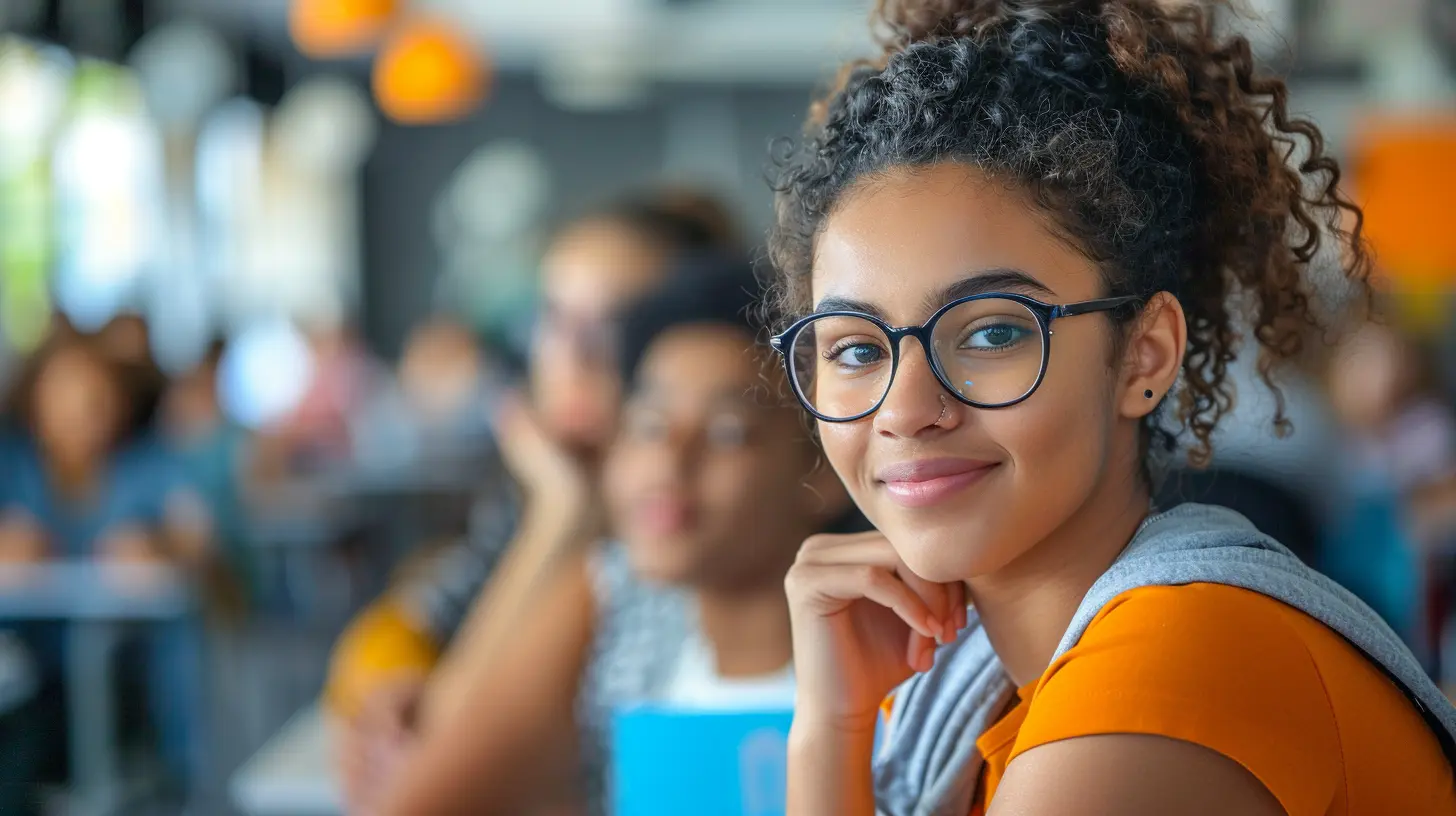
The Big Three Learning Styles (And Their Quirky Cousins)
Let’s keep it simple. Most models of learning styles boil down to three main types:📸 1. Visual Learners – The Image-Obsessed
These learners think in pictures. Graphs, charts, color-coded notes—bring it on! If it’s got a visual element, they’re more likely to remember it.How to engage them:
- Use infographics, flowcharts, and diagrams like they’re going out of style.- Integrate slides and videos into your lessons.
- Encourage mind mapping and visual note-taking.
- Color-code key points (bonus if it's rainbow-themed).
> Visual learners basically have an inner Pinterest board for every subject.
🎧 2. Auditory Learners – The Soundtrack Scholars
These students thrive on hearing information. Lectures work well for them—but only if they’re engaging (a monotone read-through of textbook pages is a no-go).How to engage them:
- Use storytelling to bring lessons to life.- Have students explain concepts out loud.
- Incorporate music or rhymes to reinforce content.
- Use podcasts or audio recordings.
> If a student starts humming a math formula, you’ve nailed it.
🕺 3. Kinesthetic Learners – The Movers and Shakers
Movement is their mojo. Kinesthetic learners absorb info best when they’re physically involved. They might fidget, tap, or pace while learning—not because they’re bored, but because it helps.How to engage them:
- Turn concepts into hands-on activities.- Incorporate role-play, simulations, or experiments.
- Let them build models or use manipulatives.
- Break up lectures with stretch breaks or icebreakers.
> Think of them as the classroom Energizer Bunnies—they need motion to function!
👀 Bonus: Reading/Writing Learners – The Classic Note-Takers
While not always in the original trio, many learners thrive through good old-fashioned reading and writing.How to engage them:
- Use textbooks, handouts, and detailed notes.- Encourage journaling or reflective writing.
- Assign research projects with written reports.
- Let them create teaching guides or study booklets.
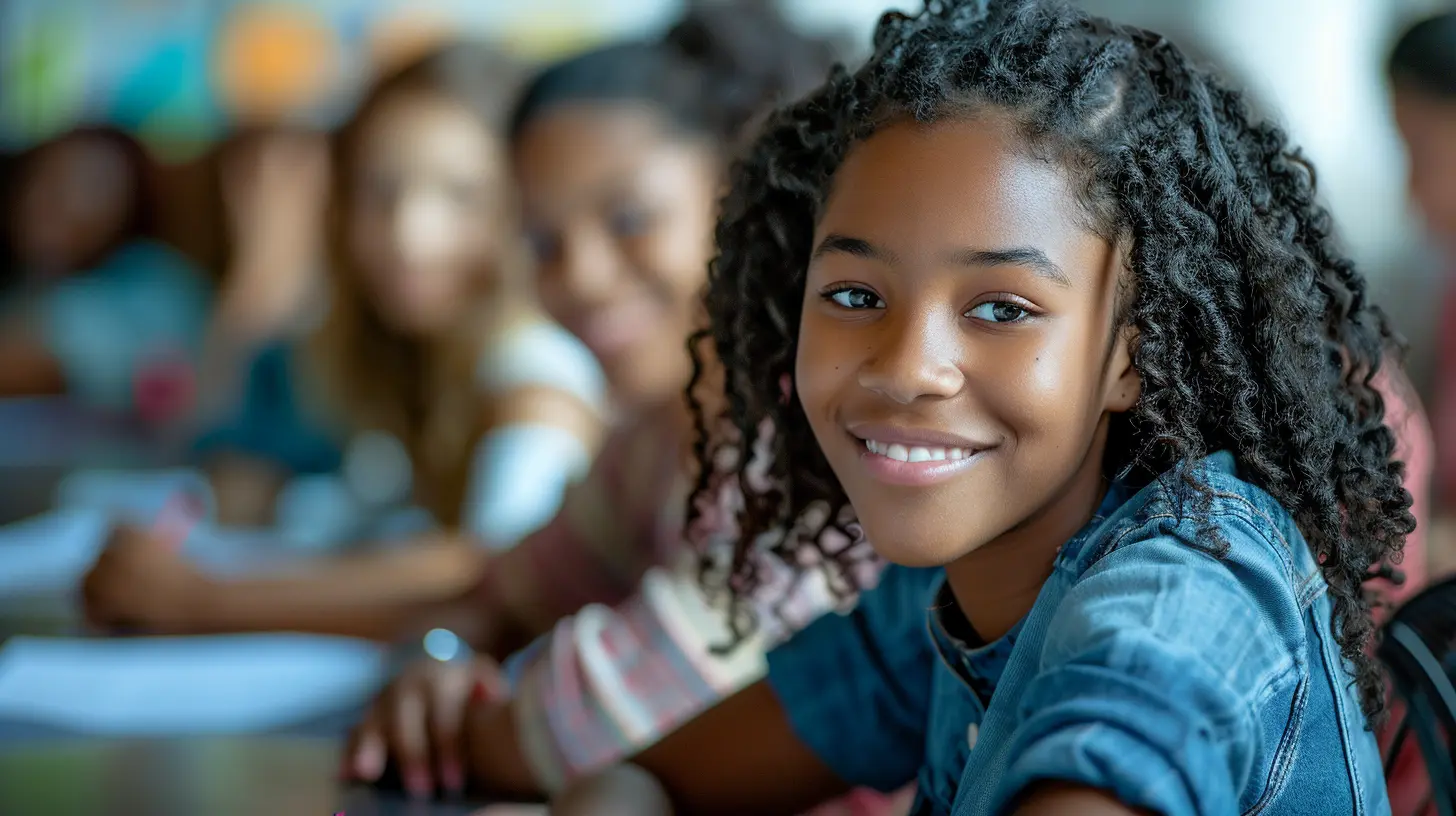
Putting it All Together: Blended Strategies for the Win
Here’s the secret sauce: most students aren’t only one type. They’re a glorious mash-up of styles: part visual, part kinesthetic, with a sprinkle of auditory.The most effective classrooms blend strategies to hit multiple learning preferences in one go. That’s right—you don’t need 27 different lesson plans. Just layer your content like a lasagna of learning.
🧠 Think "Multi-Sensory" Activities
Let’s say you’re teaching the water cycle:- Show a diagram (visual).
- Play a song or jingle about it (auditory).
- Do a hands-on simulation with water (kinesthetic).
- Have students write a haiku about evaporation (reading/writing).
Suddenly, you're not just teaching—you’re running the coolest science amusement park ever.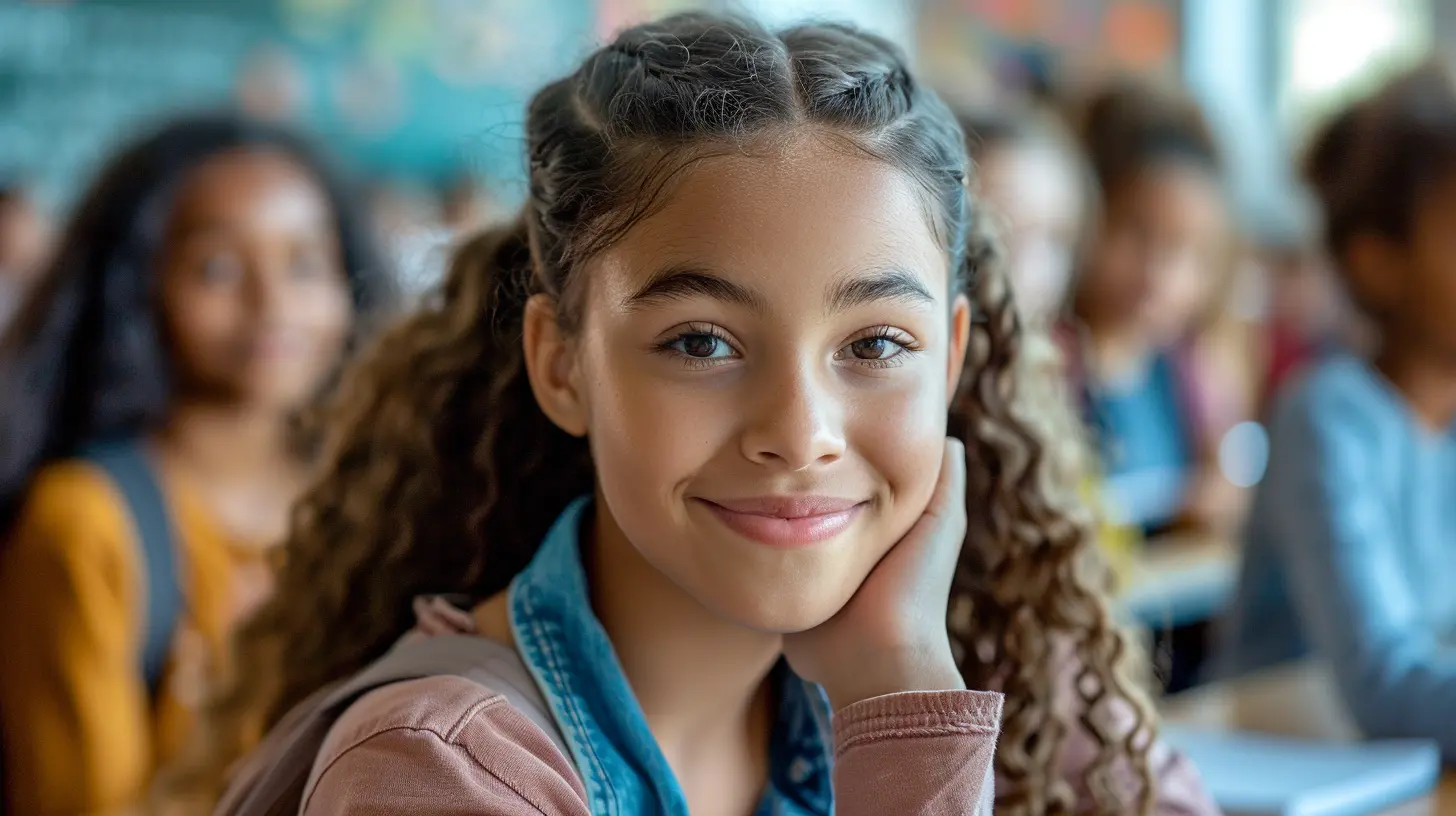
Keep It Interactive—Because Zombies Don’t Learn
Ever seen the glazed-over stare of a student zoning out mid-lecture? Yeah, us too. The fix? INTERACTION.Interaction isn’t just answering questions; it’s dialogue, movement, choice, creativity. It’s the opposite of zombie mode.
Try these interactive strategies:
- Use tech tools like Kahoot!, Quizizz, or Padlet.- Get students to teach one another (“peer power” is real).
- Offer choices in assignments—poster, podcast, essay, skit? Let them decide.
- Create stations or rotating group activities.
> When students get to do instead of just listen, they own their learning—and that’s the name of the game.
Build Relationships: Yes, It Still Matters
Listen, you could create the most captivating, multi-sensory lesson this side of Hogwarts, but if students don’t feel seen, heard, or valued—they’ll check out.So how do you connect with a classroom full of diverse learners?
Some foolproof tricks:
- Learn their names. (It’s basic—but powerful.)- Ask about their interests and hobbies.
- Incorporate student stories or experiences into lessons.
- Validate different learning methods—there’s no "right" way to learn.
> Students don’t care how much you know until they know how much you care. Cheesy? Sure. True? Absolutely.
Don’t Fear the Feedback (Even If It’s Brutal)
Here’s a wild idea: ask your students how they like to learn. Gasp!We often spend hours designing “perfect” lessons without ever checking if they actually work. Feedback isn’t failure—it’s fuel.
Questions to ask:
- What helps you understand better in class?- Do you prefer listening, watching, moving, or reading?
- What could I do differently to help you stay engaged?
Then (and here’s the kicker) use that info to tweak your approach. You might be surprised at what comes out—students are insightful when given the chance.
Keep Things Fresh: Brain Breaks & Novelty
Brains love novelty. When things feel fresh and unexpected, students perk up like prairie dogs in a field.Sprinkle in some surprises:
- Themed lesson days (Science Fiction Friday!).- Guest speakers or virtual field trips.
- Mini-games or escape rooms tied to content.
- Brain breaks with silly challenges or movement.
> Engagement thrives on unpredictability—in a good way.
A Word on Inclusivity: It’s a Game-Changer
Learning preferences aren’t just about style—they’re also about access. Students with learning differences, language barriers, or emotional needs may require different methods to thrive, not just survive.Make your classroom a place where variation is not just accepted—it’s celebrated.
Go inclusive by:
- Providing captions and transcripts.- Offering multiple ways to show understanding.
- Being flexible with presentations and group work.
- Creating a judgment-free zone where mistakes are growth.
Your Teacher Superpower? Adaptability
At the end of the day, you won’t be perfect. Some lessons will flop harder than a pancake without syrup. But your willingness to adapt, to try again, and to tailor your approach is what makes you a rockstar educator.No one expects you to know every student’s brain like a GPS system. But showing that you care enough to try? That’s what makes the difference.
So go ahead—mix up your teaching mojo, listen to your students, and keep coloring outside the lines.
Because teaching isn't just about delivering content—it's about sparking connection.
Final Thoughts (aka: The Recap Reel 🎬)
Engaging students with different learning preferences doesn’t mean reinventing the wheel. It means:- Understanding key learning styles (visual, auditory, kinesthetic, and reading/writing)
- Blending teaching methods to reach more learners at once
- Making lessons interactive and inclusive
- Building strong relationships and seeking feedback
- Keeping content fresh, fun, and slightly unpredictable
Remember, the best classrooms aren’t one-size-fits-all. They’re more like beautifully chaotic patchwork quilts—warm, colorful, and stitched together with care.
So teach boldly. Try new things. Fail and laugh about it. And above all, keep showing up.
Your students? They’ll notice. And they’ll thank you—probably with a meme or two.
all images in this post were generated using AI tools
Category:
Student EngagementAuthor:

Zoe McKay
Discussion
rate this article
1 comments
Oscar Sweeney
Thank you for this insightful article! It's crucial to recognize and adapt to the diverse learning preferences of students. Your practical strategies provide valuable guidance for educators seeking to create an inclusive and engaging classroom environment. Looking forward to implementing these ideas in my teaching practice!
July 25, 2025 at 4:36 AM

Zoe McKay
Thank you for your kind words! I'm glad you found the strategies helpful and I wish you success in creating an inclusive classroom!


